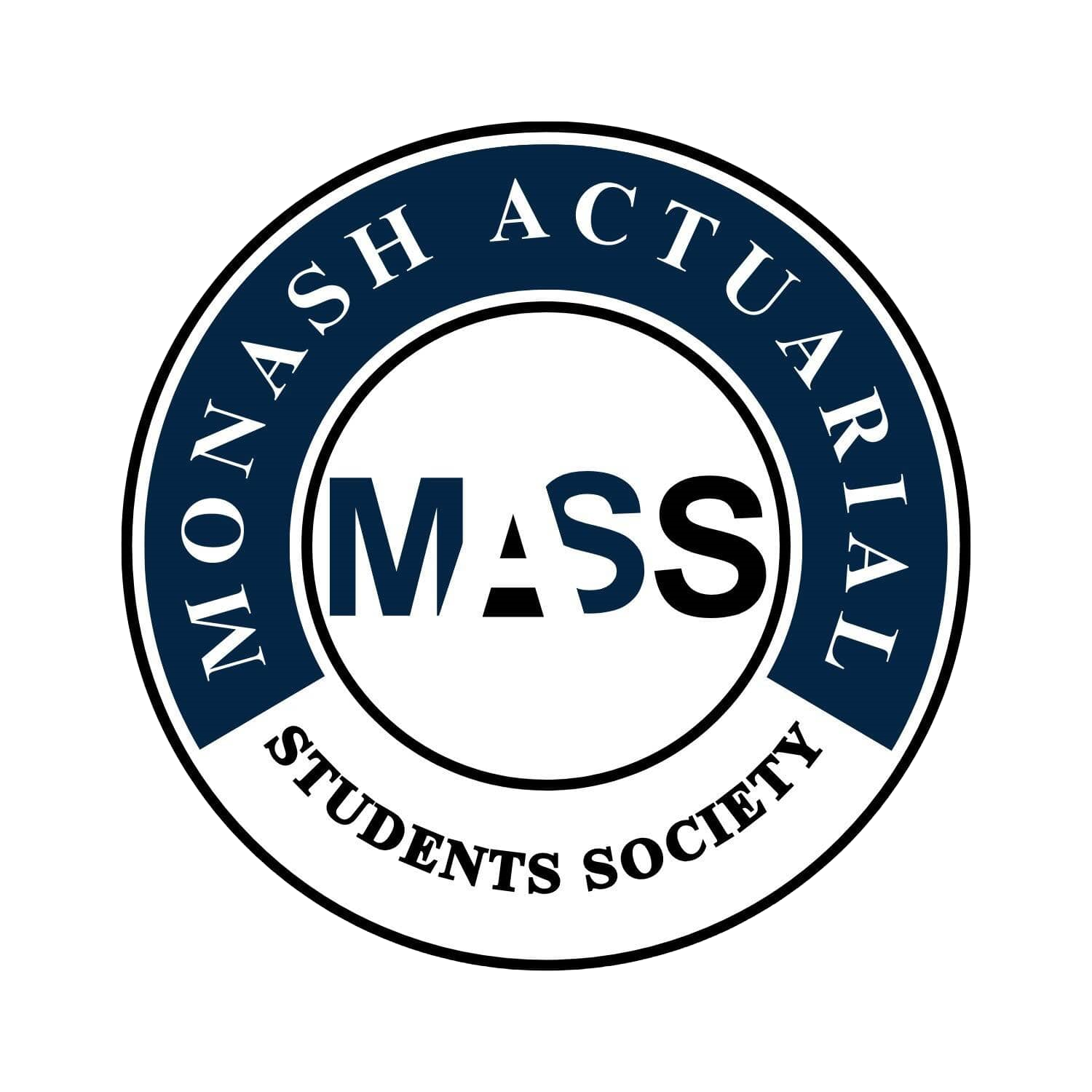ETC2440 Mathematics for Economics and Business
Difficulty:
Year Completed: Semester 1, 2021
Prerequisite: ETC1000
(or SCI1020, or ETF1100, or STA1010, or ETW1001, or ETB1100, or FIT1006)
Exemption: N/A
Mean Setu Score: 77.83%
Clarity of Learning Outcomes: 76%
Clarity of Assessments: 84%
Feedback: 75%
Resources: 80%
Engagement: 76%
Satisfaction: 76%
Subject Content:
Lecture(s) and Tutorial(s):
Textbook(s):
Assessments:
Topics for this unit included matrix algebra, sets, functions and
sequences, continuous functions, differentiable functions,
optimisation theory and elementary integration.
2 x 1 hour lectures
1 x 1.5 hour tutorial
Fundamental Methods of Mathematical Economics, 4th edition -
this textbook is the primary reference material for the lecture
slides. However, the lecture slides are quite comprehensive and
the book itself might have references to a lot of unnecessary
material for the unit.
Group Assignment 1 10%
Group Assignment 2 15%
Group Assignment 3 15%
Final Exam 60%
Comments
This unit introduces many of the mathematical backbones of
econometrics analysis. It expands on the techniques used to
derive the formulae used in econometrics, those that are treated
as a given in other units. Strong focus on matrices, set theory,
derivatives and optimisation theory which will boost
understanding of many other units. Especially recommended if
you have not taken Unit ¾ Specialist Maths. The entire unit is
maths, no programming or data analysis involved. Some topics
covered in previous years have been removed, reducing its
difficulty.
Lectures and lecturer are very engaging and explains concepts
very well. Attending or watching the lectures is highly
recommended.
Tutorial covers problems on the previous week’s topic. Usually, all
problems are covered in detail in tutorials, but it can run over
time. Solution is provided at the end of the week, but often are too
simple to reflect the standard of answers expected in exams and
assignments. Therefore, it is important to attend tutorials and
study tutor solutions. A list of additional problems are provided
each week that are good for study but not covered in tutorials and
answers not provided. Attendance in tutorial is not marked.
3 Group Assessments worth 40% total are required throughout
the semester. The assessments are exam-style, focused on
calculations, derivations and proofs. The difficulty of the
assessments is moderate, but marking can be harsh, especially for
proofs. A strong understanding on the topic and all details is
important. Groups are randomly allocated. It is recommended to
start early and make sure everyone is on board.
All topics are covered in the exam. The exam closely resembles
past exam questions and assignment questions. It is fair in
difficulty but is subjected to harsh marking. Redoing tutorial and
assignment questions, including the extra problems every week, is
enough to prepare for the exam.
This unit is well run and serves as a good foundation for later
actuarial studies, and as a refresher to matrices and derivatives.
Some concept may take time for it to make sense, use
consultation time to ask questions. With a difference in
understanding, be ready to question group member’s solutions in
the group assignment. The extra problems each week is very good
for exam revision.
General Overview:
Lectures:
Tutorials:
Assessments/Other Assessments
Exams
Concluding Remarks

